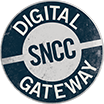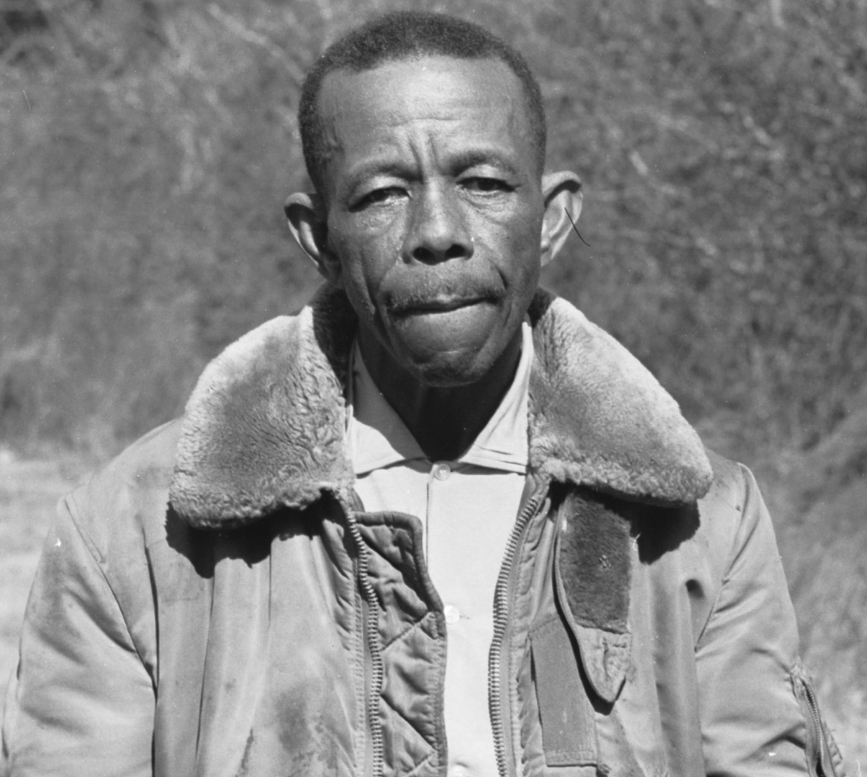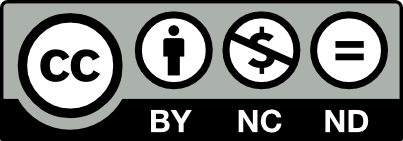August 1961
Voter registration expands in Southwest Mississippi
Not long after Bob Moses arrived in McComb, Mississippi to start SNCC’s first voter registration campaign, NAACP branch president C.C. Bryant brought him to neighboring Amite County and introduced him to Eldridge Willie “E.W.” Steptoe, his NAACP counterpart there. “I’ve been expecting you,” Steptoe told Moses as they talked on the small dairy farm he owned on the Louisiana state line. Steptoe had started the Amite County NAACP chapter in 1953 and had kept it alive despite threats and harassment. Like other politically-active Black Mississippians, it was voter registration that E.W. Steptoe was most interested in.
Bob Moses began his work in McComb–canvassing, taking people to the courthouse, and organizing voter registration classes. A few Black citizens had successfully registered by mid-August, and farmers in Amite and Walthall Counties asked SNCC to bring its voter registration work to their counties. Southwest Mississippi was Klan country, and these rural counties were even more dangerous than McComb. But Moses knew the risk local people were taking by inviting him, and he could not refuse the invitation.
So SNCC’s John Hardy, a recently-released Freedom Rider from Nashville who had been imprisoned in Mississippi’s notorious Parchman Farm Prison and three Jackson students–MacArthur Cotton, Jimmy Travis, and George Lowe–went to start a voter registration school in Walthall County with the help of C.C. Bryant’s uncle. Bob Moses returned to E.W. Steptoe to do the same on Steptoe’s farm in Amite County.
On August 15, Moses accompanied three local people to the Amite County courthouse in Liberty. The registrar forced them to wait in the courthouse for six hours before they were allowed to fill out the forms. As the group drove from the courthouse, a highway patrolman followed them, pulled them over, and arrested Moses. While in custody, Moses placed a loud collect call to John Doar in the U.S. Justice Department and then spent two nights in jail for refusing to pay $5 in court costs.
Two weeks later, Billy Jack Caston, the cousin of the local sheriff, attacked Moses with the blunt end of a knife after he accompanied two more people to the courthouse. Steptoe didn’t even recognize Moses, when he returned bloodied to the farm with three gashes in his head that required eight stitches. The next day, in an unprecedented move, Moses pressed charges against Caston. Caston was quickly acquitted, but the case drew even more attention to SNCC’s work. White people underestimated the power of Black organizing when SNCC first arrived in McComb. But by the end of August, they realized that SNCC’s campaign wasn’t about helping a handful a Black people vote but ushering in systemic change that would upset the white power structure.
Meanwhile, more SNCC activists came to Southwest Mississippi as the line between direct action and voter registration blurred. SNCC activists like Ruby Doris Smith, Charles Sherrod, Charles Jones, and Marion Barry, many fresh off of a prison stint from the Freedom Rides, recruited high school students and began training them in non-violence. With these young people, the Movement in McComb grew to include direct action protests as well as voter registration.
But those SNCC workers in the rural areas focused solely on voter registration and that work only became more dangerous. A week after Moses’s beating, a white man attacked SNCC’s Travis Britt at the courthouse Amite County, choking and punching him “into a semi-conscious state” as he and Moses took people to register. Two days later, the Wathall County registrar smashed a pistol against the head of John Hardy in his office, and when Hardy stumbled outside, law enforcement arrested him for disturbing the peace. The Justice Department finally felt compelled to send a team of lawyers to investigate, but especially following the murder of Herbert Lee, white violence almost extinguished the sparks struck by SNCC’s efforts in the region.
Sources
Taylor Branch, Parting the Waters: America in the King Years 1954-63 (New York: Simon & Schuster Paperbacks, 1988).
Clayborne Carson, In Struggle: SNCC and the Black Awakening of the 1960s (Cambridge, MA: Harvard University Press, 1981).
Charles E. Cobb, Jr, This Nonviolent Stuff’ll Get you Killed: How Guns made the Civil Rights Movement Possible (Durham: Duke University Press, 2016.
John Dittmer, Local People: the Struggle for Civil Rights in Mississippi (Urbana: University of Illinois Press, 1995).
Robert P. Moses & Charles E. Cobb, Jr., Radical Equations: Civil Rights from Mississippi to the Algebra Project (Boston: Beacon Press, 2001), 46.
Charles M. Payne, I’ve Got the Light of Freedom: The Organizing Tradition and the Mississippi Freedom Struggle (Berkeley: University of California Press, 1995).
Howard Zinn, SNCC: The New Abolitionists (Boston: Beacon Press, 1964).
C.C. Bryant and Robert Moses at Mississippi Voices of the Civil Rights Movement Conference, July 9, 1983, Joseph Sinsheimer Papers, Duke University.
Interview with C.C. Bryant by Joseph Sinsheimer, February 7, 1985, Joseph A. Sinsheimer Papers, Duke University.
Interview with Bob Moses by Joseph Sinsheimer, November 19, 1983, Joseph A. Sinsheimer Papers, Duke University.





